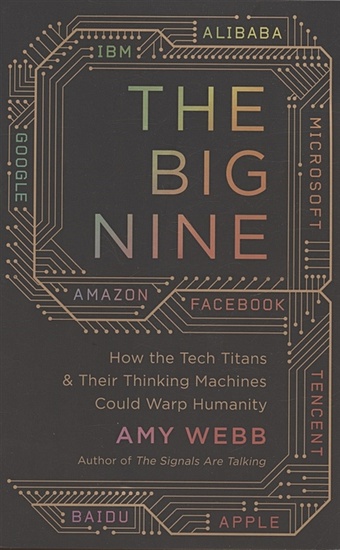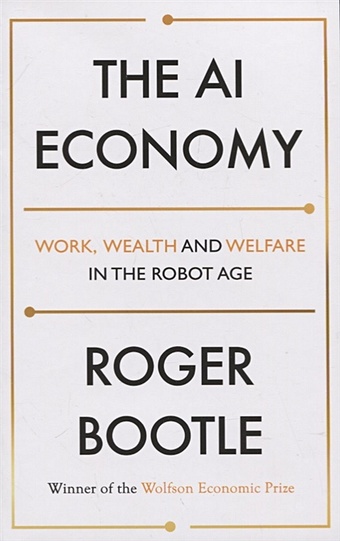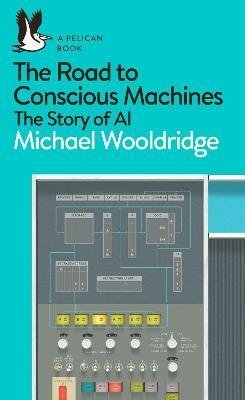ChatGPT: The AI Changing the Way We Communicate
[ad_1]
The rise of artificial intelligence (AI) and machine learning (ML) technologies have increasingly impacted the way we live our daily lives. One area where this is particularly true is in the way we communicate with each other. Chatbots are becoming more advanced, capable of handling complex conversations, and providing solutions to problems that previously required human intervention. One such AI application that is changing the way we communicate is ChatGPT.
ChatGPT is an AI-powered chatbot that uses natural language processing (NLP) algorithms to understand and respond to user queries. Developed by OpenAI, a leading AI research organization, ChatGPT is quickly gaining popularity as a tool that offers personalized and interactive responses to users. In this article, we will explore ChatGPT in detail, including how it works, its capabilities, and potential use cases.
What is ChatGPT?
ChatGPT is an AI-powered chatbot that utilizes NLP algorithms to understand and respond to user queries. It is based on a transformer architecture, which is capable of handling large amounts of data and processing it quickly. ChatGPT is pre-trained on a massive dataset of text and can generate responses that are both coherent and relevant to the user’s query.
How does ChatGPT work?
ChatGPT works by analyzing the user’s input and generating a response based on its pre-trained dataset. The pre-trained dataset contains a vast amount of text, including articles, books, and news articles. This data is used to train the algorithm to understand language patterns and generate coherent responses.
The ChatGPT algorithm uses an encoder-decoder architecture to process user input and generate responses. The encoder takes the user’s input and converts it into a sequence of vectors. These vectors are then processed by the decoder, which generates a sequence of tokens that form the response. The response is then returned to the user, who can continue the conversation as desired.
Capabilities of ChatGPT
ChatGPT is capable of performing a wide range of tasks, including answering questions, providing recommendations, and solving problems. The algorithm can understand and process text in multiple languages, making it a useful tool for international communication. Some of the specific capabilities of ChatGPT include:
1. Understanding context: ChatGPT is capable of understanding the context of the conversation, which allows it to generate responses that are relevant to the user’s query.
2. Generating natural language responses: ChatGPT is capable of generating responses that are natural and coherent, making it seem like the user is interacting with a human.
3. Handling multi-turn conversations: ChatGPT can handle multi-turn conversations, allowing users to continue the conversation as long as necessary.
4. Personalizing responses: ChatGPT can personalize responses based on user input, making the conversation more engaging and relevant.
5. Providing recommendations: ChatGPT can provide recommendations based on user input, such as recommending books or movies to watch.
Potential Use Cases for ChatGPT
ChatGPT has a wide range of potential use cases, from customer service to education. Here are some areas where ChatGPT could be particularly useful:
1. Customer Service: ChatGPT can be used in customer service applications to provide personalized support and generate quick responses to common questions.
2. Education: ChatGPT can be used in education applications to provide students with personalized support and answer their questions.
3. Marketing: ChatGPT can be used in marketing applications to provide recommendations and generate engagement with customers.
4. News and media: ChatGPT can be used in news and media applications to generate personalized news stories and provide users with relevant information.
5. Healthcare: ChatGPT can be used in healthcare applications to provide patients with personalized support and answer their questions.
FAQs
Q1. How accurate is ChatGPT?
A1. ChatGPT is highly accurate, thanks to its pre-training on a large dataset of text. The algorithm is capable of understanding and processing complex language patterns, making it a valuable tool for a wide range of applications.
Q2. Can ChatGPT generate creative responses?
A2. ChatGPT is capable of generating creative responses that are relevant to the user’s query. The algorithm is pre-trained on a vast dataset of text, which allows it to generate responses that are both coherent and creative.
Q3. How does ChatGPT compare to other chatbots?
A3. ChatGPT is among the most advanced chatbots in terms of its capabilities and accuracy. The algorithm is pre-trained on a vast dataset of text, which allows it to handle complex conversations and generate relevant responses.
Q4. How does ChatGPT handle multi-language conversations?
A4. ChatGPT is capable of processing and generating responses in multiple languages. The algorithm is trained on a vast dataset of text, which includes examples in multiple languages.
Q5. What is the future of ChatGPT?
A5. ChatGPT is already changing the way we communicate, but its potential applications are still being discovered. In the future, it could be used in a wide range of industries, including finance, e-commerce, and entertainment.
[ad_2]






